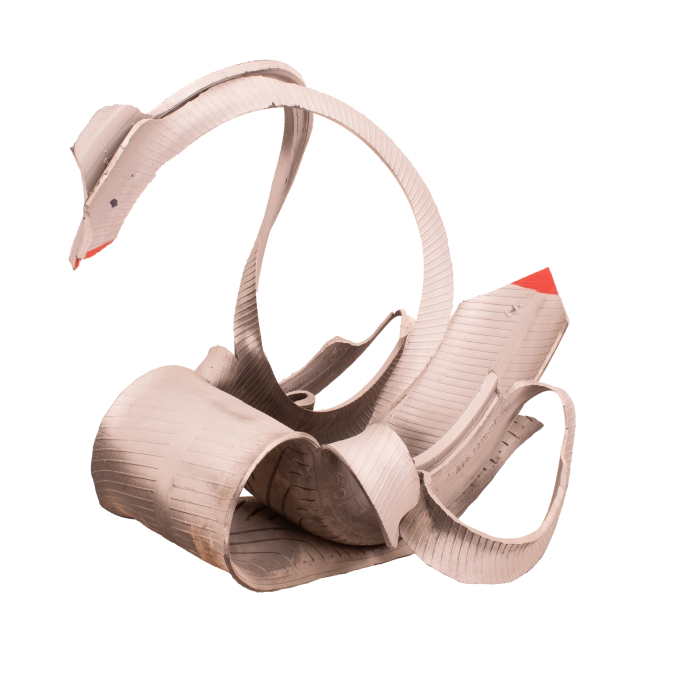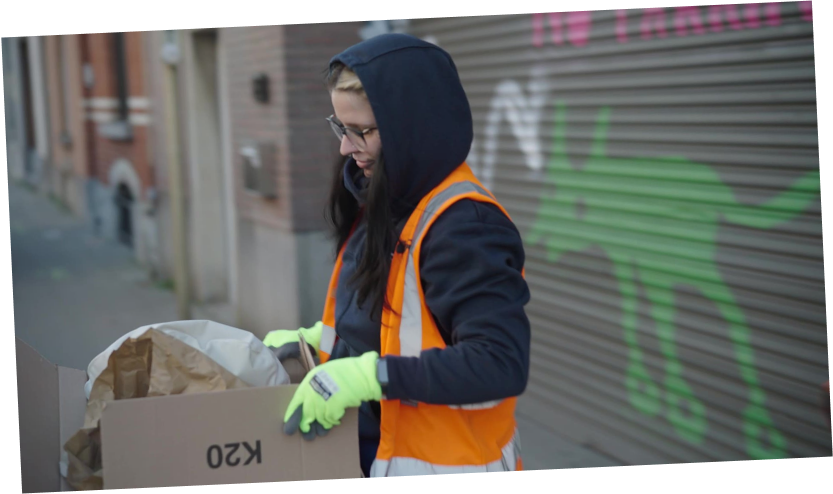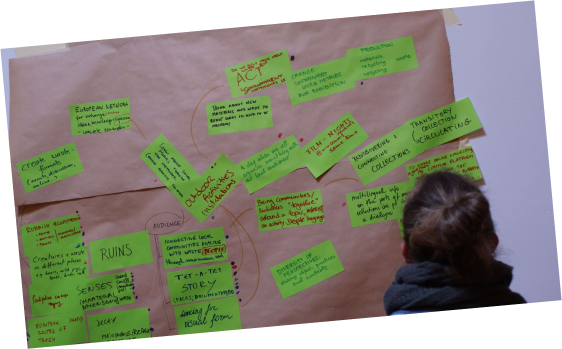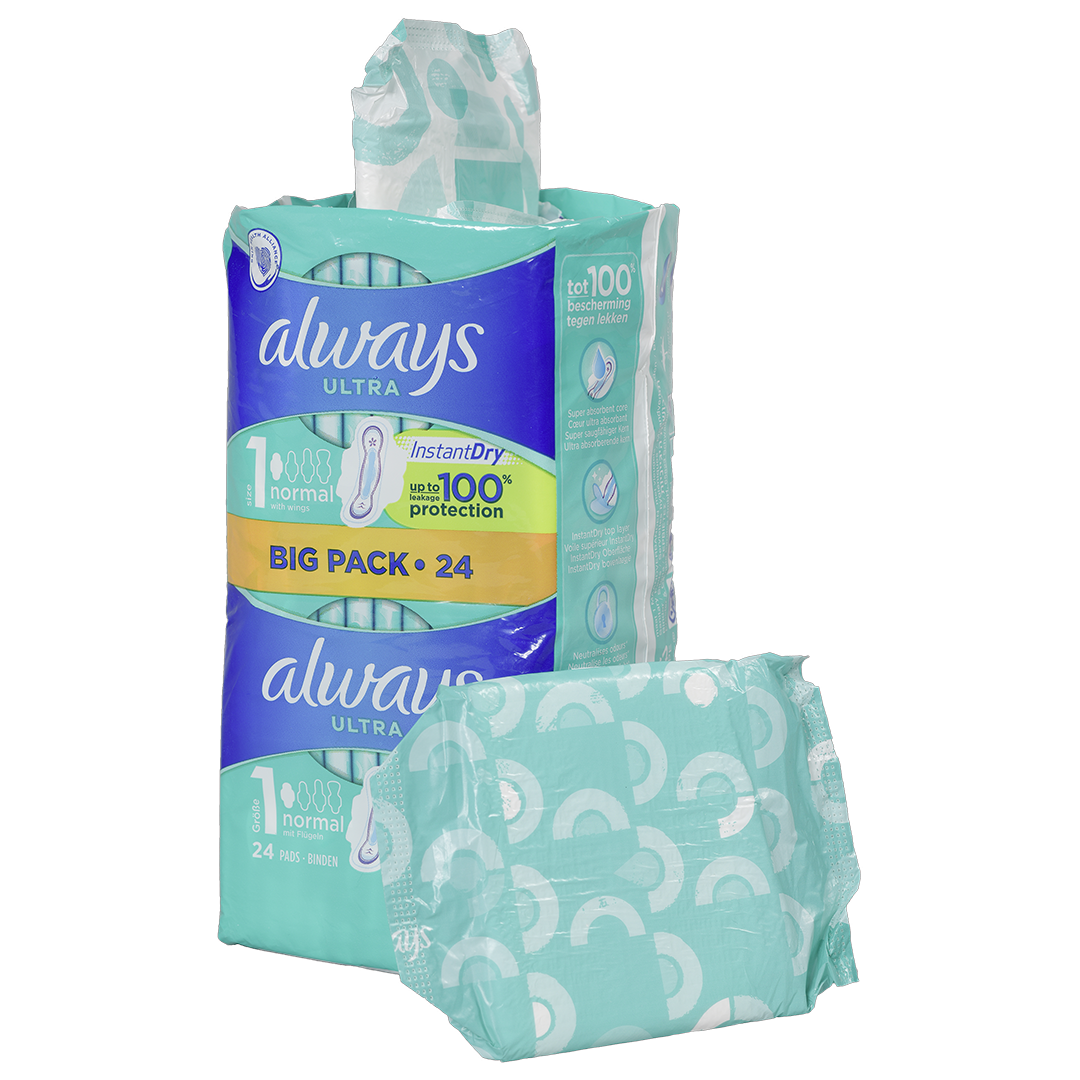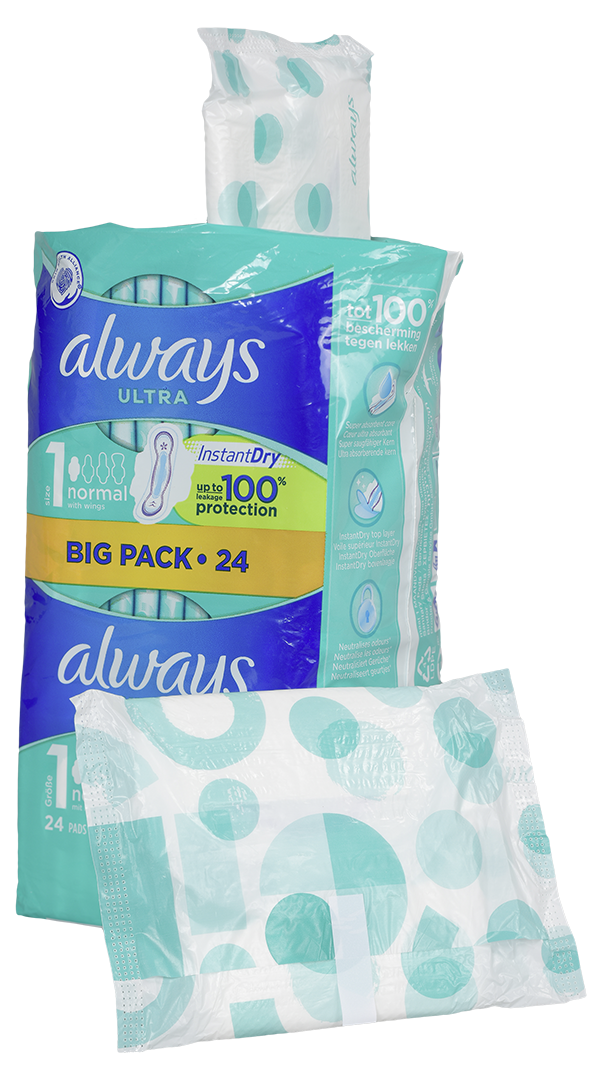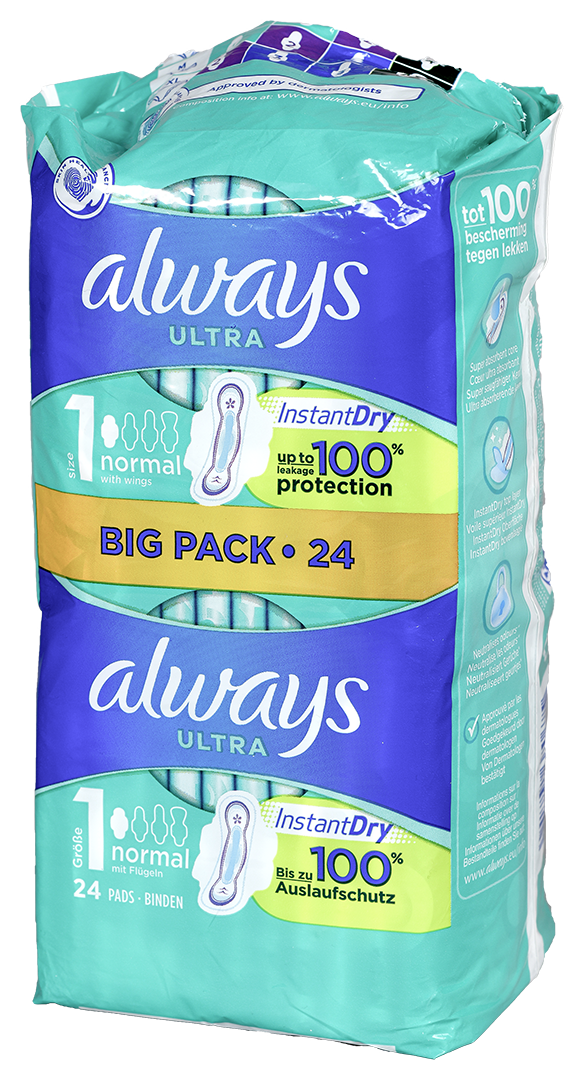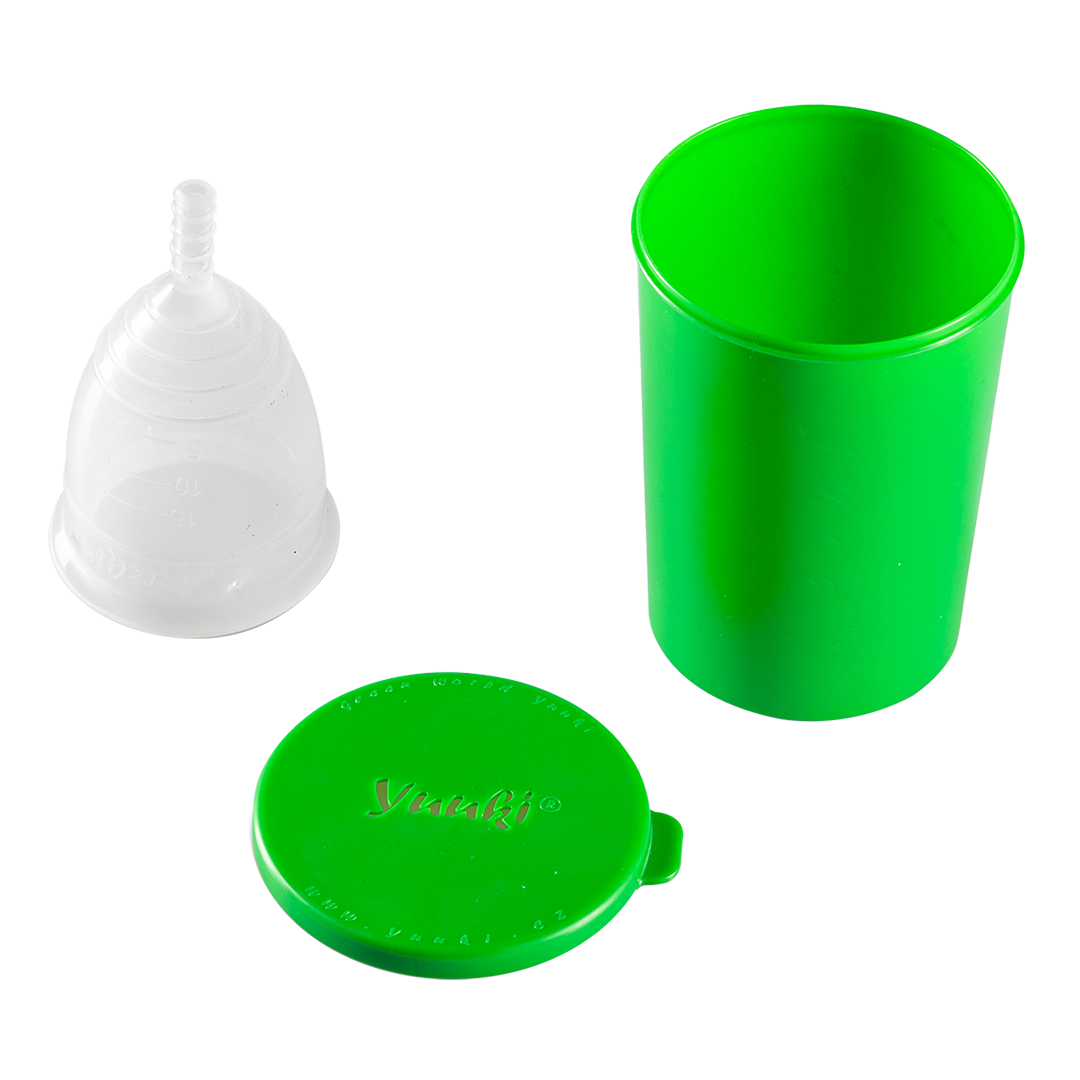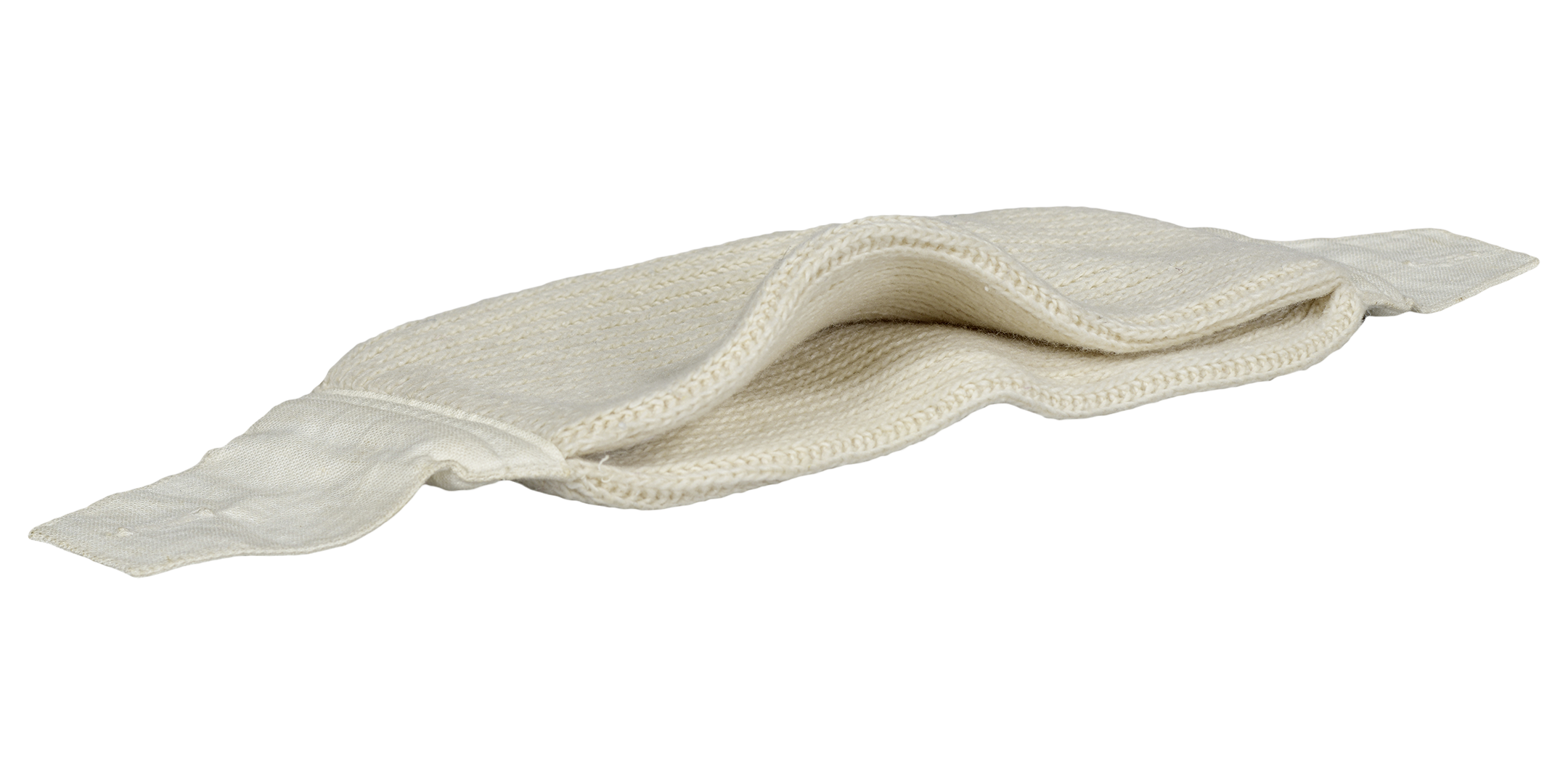Artist/Maker Procter & Gamble
Date Production/Creation
2020
Entry in the museum collection
2020
Place of origin
Berlin, Germany, Europe
Current location
Museum of European Cultures, Berlin, Germany
Material
Cellulose, synthetic material, printed, bonded
Dimension
Height × width × depth: 18 x 8.5 x 8.5 cm (outer packaging), Height × width × depth: 8.5 x 12 x 0.5 cm (individual wrappers), Height × width × depth: 23 x 15 x 0.2 cm (pad)
Inventory Number N (9 D) 85/2020
Keyword Menstruation Packaging Single use
Copyright
Status In storage
Image Credit Staatliche Museen zu Berlin, Museum of European Cultures / Christian Krug Public Domain Mark 1.0
Always: it’s more than a name. Modern disposable sanitary pads linger longer in the landscape.
What is this object about, who are the people behind it?
This pack of sanitary pads – produced by Procter & Gamble under the brand name "always" – contains 24 individually wrapped "ultra pads" with wings. Both the outer packaging and the individual wrappers are made from thin, turquoise plastic film. The pads themselves consist of multiple layers of synthetic material and are white with a lilac and pale blue pattern printed on them. The "always" brand first brought classical disposable pads to the market in the early 1980s. Shortly thereafter, it introduced pads with "wings" designed to hold the pad firmly in place and ensure better protection of underwear. In 1991, Procter & Gamble launched its "ultra pads", in which several centimetres of thick wadding or fleece were replaced with an absorbent core, making for very thin pads.
What places is this object related to, how European/transnational is it?
Procter & Gamble was founded in the United States by an English and an Irish migrant. Today, it is a multinational company that sells its products worldwide. Its "always" pads are available in many European countries, including Germany, Spain and Turkey.
Why and how did this object arrive in the museum’s collection?
To prepare for this exhibition on menstruation, 2020 modern-day sanitary products were added to the collection.
What is the relation of this object to waste?
In 2017, more than 49 billion single-use sanitary products were used across the 28 EU Member States. Materials such as wood pulp, cotton, viscose fibres and plastic go into their production. Once used, these items – weighing 590 000 tonnes – ended up in landfill or the incinerator.

